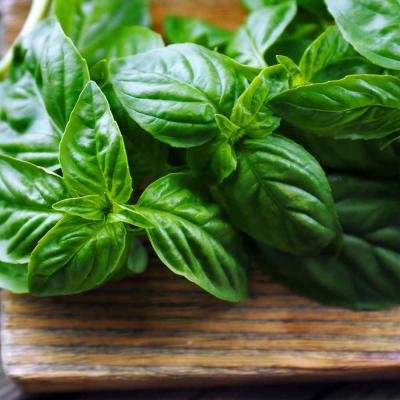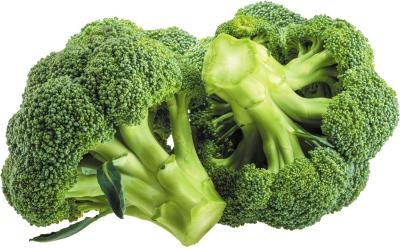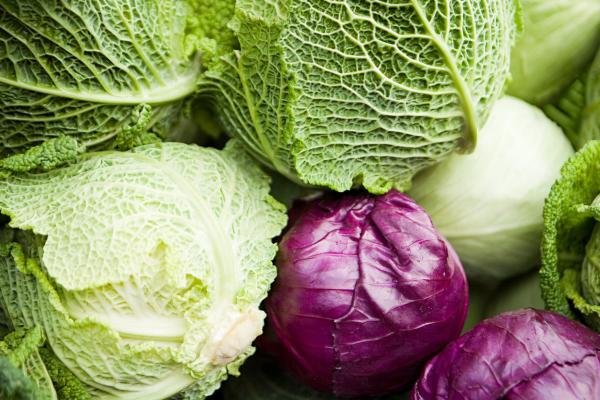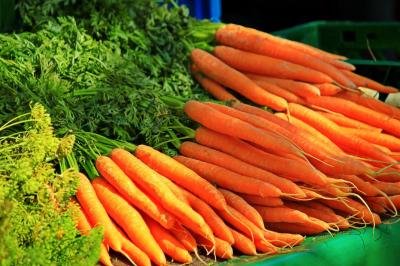Collard greens are a member of the Brassica family, closely related to kale, cabbage, and broccoli. They are distinguished by their large, broad leaves with a slightly bitter taste that becomes more mellow when cooked. Collard greens are a staple in Southern U.S. cuisine and are often slow-cooked with seasonings and smoked meats to enhance their flavor. They are rich in vitamins A, C, and K, calcium, and dietary fiber, making them a highly nutritious vegetable.
Collard greens can be prepared in a variety of ways. They are commonly sautéed, braised, or simmered with garlic, onions, and spices. In addition to being a popular side dish, collard greens can be added to soups, stews, and casseroles, or used as a wrap for fillings in place of tortillas. They are also a common ingredient in green smoothies and juices due to their health benefits.
Nutritional Benefits:
- Vitamins: High in vitamins A and C, which are important for immune function, vision, and skin health. They are also an excellent source of vitamin K, which supports bone health and blood clotting.
- Calcium: Provides a good source of calcium, contributing to strong bones and teeth.
- Fiber: Rich in dietary fiber, aiding digestion and promoting a feeling of fullness.
Collard greens are a versatile and nutritious vegetable that can be enjoyed in a variety of dishes. Their robust flavor and health benefits make them a valuable addition to a balanced diet, especially when cooked and seasoned to enhance their natural taste.


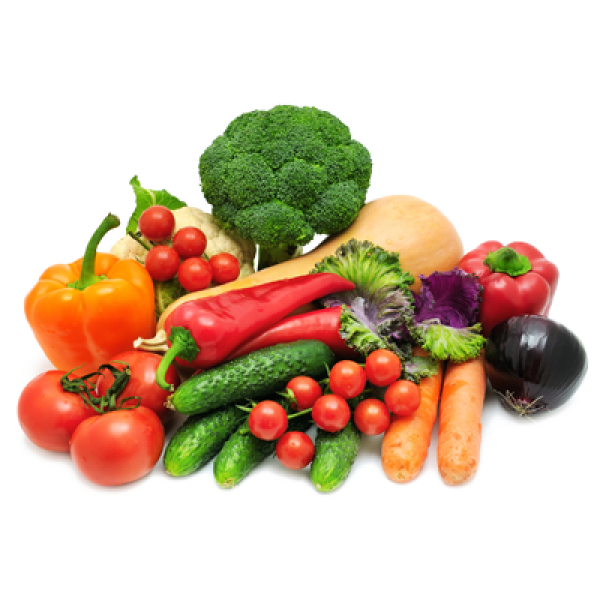









.jpg)




.jpg)
